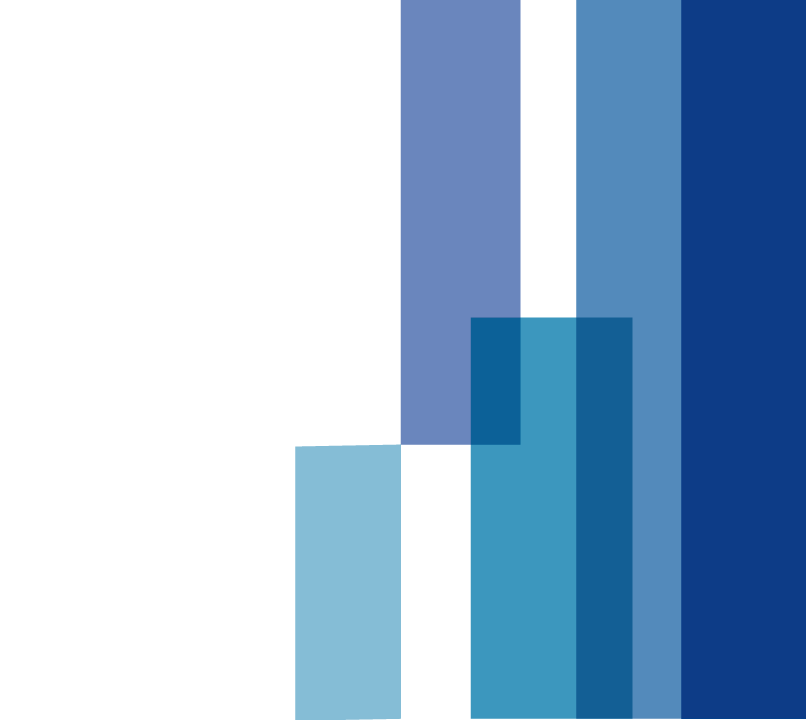A vagus nerve stimulator delivers electrical signals to the left vagus nerve. These signals travel to central areas in the brain to reduce the likelihood and severity of seizure events.
A VNS consists of a generator, or battery, and an electrode. The generator is implanted in your or your child’s chest below the left collarbone; it is connected to the vagus nerve through an electrode that is placed under the skin in the left side of your neck.
In addition to delivering regularly scheduled stimulation to deter seizure activity overall, you can also disrupt an oncoming seizure by waving a special magnet over the device to activate it. Some VNS devices can also automatically deliver stimulation if they detect a rapid increase in heart rate (which often signals the start of an epileptic seizure).
VNS is more effective over time, reducing the number of seizures by approximately half.1 Research shows VNS can also reduce the length and severity of seizures, as well as recovery time after a seizure event.
